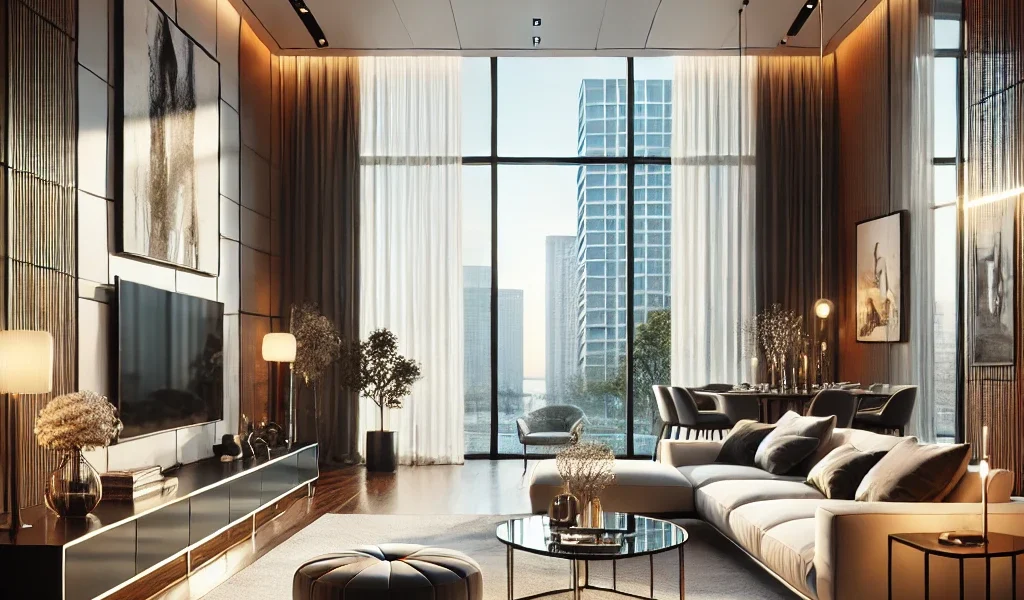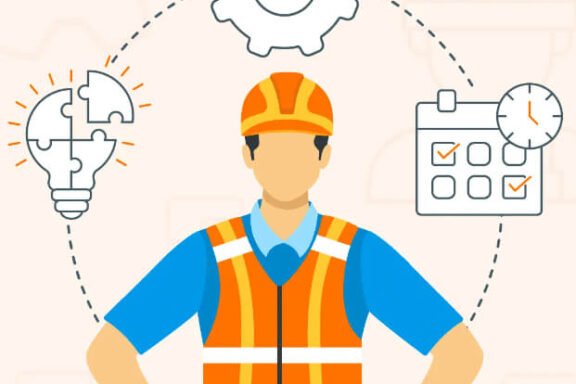Imagery plays an important role in decision-making in the contemporary design world. Whether you are designing a residential home or a commercial space, clients expect to see their designs tangibly brought to life. This is where tools like 3D interior rendering and 3D floor planning come into their vision
What is 3D Rendering?
3D rendering is the process of transforming digital images into life-like images. Using specialized software, designers can reveal depth, light and texture, giving the space a real feel. In particular, 3D rendering interior design allows for the creation of detailed room layouts, helping clients visualize how elements such as furniture, decorations, color schemes and others come together
Unlike traditional 2D models, 3D models offer a more dynamic and interactive approach. Clients can see the look of the room from various angles, giving them a clearer understanding of the designer’s intent. This is particularly useful in interior design, where spatial relationships and aesthetics are key to achieving the desired look.
Advantages of 3D internal rendering
3D internal rendering offers several benefits for designers and clients alike. Key benefits include:
- Image realism: One of the most important advantages of 3D modeling is the ability to create a picture-realistic representation of this space. Every detail is displayed with incredible detail, from typography to lighting, giving clients a real sense of what the final design will look like.
- Reduced defects: 3D modeling of a project allows manufacturers to identify potential problems before they arise. This reduces the possibility of errors on the build or maintenance side, ultimately saving time and money.
- Flexibility: 3D modeling makes it easy to experiment with different designs, such as furniture layouts or color schemes. Clients can see how options will affect the entire process, making it easier to finalize decisions.
- Improved customer communication: Explaining a design concept through traditional fancy media can be difficult for customers to understand. 3D rendering interior design facilitates communication by presenting a clear view of the project. This brings both sides together and minimizes abuse.
The role of 3D floor plans
While 3D interior designs focus on creating interior designs, 3D floor plans offer a bird’s-eye view of the entire property. The 3D floor plan shows the layout of the space, allowing customers to see how the rooms connect and flow with each other.
3D floor plans are essential to help clients understand the spatial relationships within the property. They offer a comprehensive look at the size, layout and function of a space, making it easy to visualize how different areas will be used. This is especially useful in real estate, where potential buyers want to know how the plan matches their needs.
How 3D rendering and 3D floor plans complement each other
Together, the 3D interior rendering and the 3D floor plan provide a complete picture of the project. 3D floor planning provides the overall layout, while 3D rendering brings the finer details to life. For example, a 3D floor plan can show the flow of a room in a house, while an interior drawing provides a realistic view.
By integrating these tools, designers can give clients a fuller understanding of how a project will come together. This integration is especially useful in larger projects, where understanding the big picture and fine details is critical to success.
The future of 3D rendering in interior design
As technology advances, 3D rendering will continue to shape the future of interior design and real estate. We are already seeing innovations such as virtual reality tours, where customers can walk through the property in a fully immersive environment. These tools allow greater communication and understanding of design concepts.
For designers, adopting this technology is a way to stand out in an increasingly competitive market. Clients are looking for visual clarity, and 3D rendering offers detail and accuracy that traditional methods can’t match. As the demand for more immersive and interactive design experiences increases, 3D rendering and 3D floor planning will continue to be essential tools in every designer’s toolkit
conclusion
3D interior design and 3D floor plans have revolutionized the way we approach design and construction. These tools improve visibility, reduce errors, and improve communication between clients and manufacturers. By providing a realistic and detailed view of a space, they make it easier for clients to understand design concepts and feel confident in their choices As the technology behind 3D rendering continues to evolve, we can expect it to play an even bigger role in the design future.






